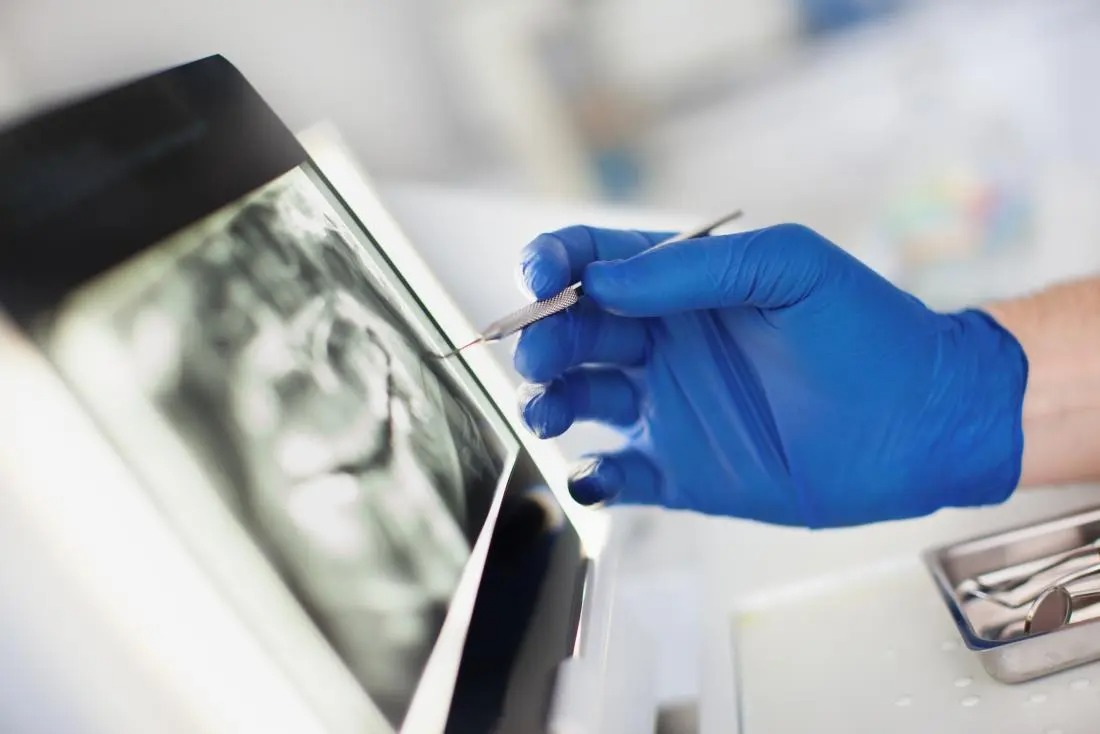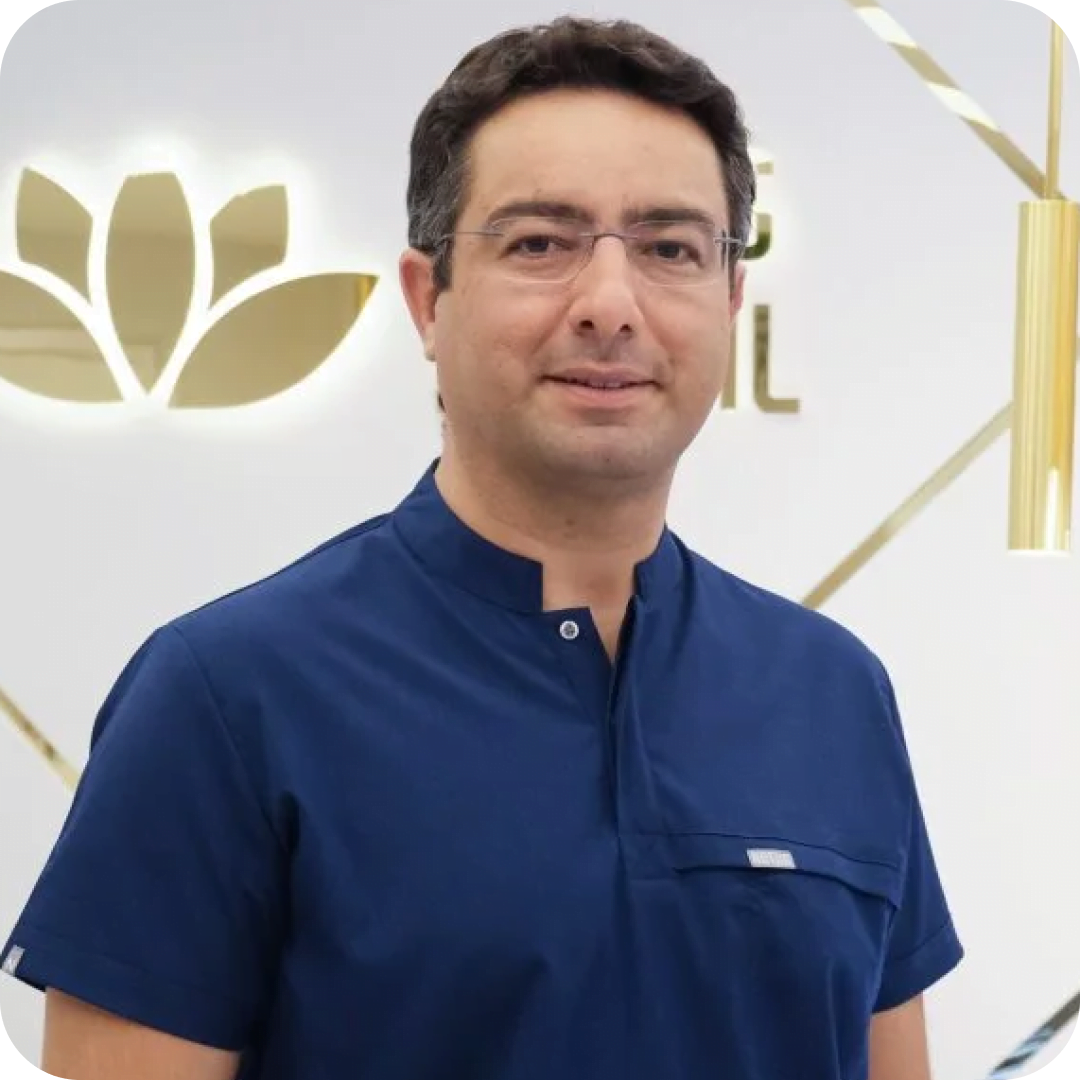In the first stage of gum diseases, the aim is to ensure that the patient can perform oral hygiene with the correct technique and frequency. Inadequate daily oral care will cause subsequent treatments to fail. Because microbial dental plaque, which can renew itself in 12 hours, initiates the first stage of gingivitis. This is the best answer to why we apply oral care twice a day.
In the next stage, professional cleaning can be performed if the dentist deems it necessary. With this process, also called tooth surface cleaning or detertraj, the attachments that the patient cannot remove with daily care practices are removed from the dental tissues.
However, in some cases where gum diseases are advanced, gingival surgery may also be required. Gingivectomy, flap surgery, connective tissue graft and many other types of gum surgery are more suitable to be performed by periodontology specialists (periodontologists). Periodontologists are dentists specialised in gum diseases and trained in advanced surgical techniques.
Why is gum surgery performed?
- To be able to effectively clean the inaccessible areas of the periodontal pockest.
- To make the areas that cannot be cleaned by the patient cleanable.
- To apply techniques to regain lost tissues.
Most Common Gum (Periodontal) Surgery
Flap Procedure
With the flap operation, the gums are opened, the tooth root surfaces are effectively cleaned and diseased tissues are removed. Grafting (bone addition) can be performed in areas with bone loss. Membrane and PRF (nourishing and healing fibrin gel obtained from the patient’s own blood tissue) applications can be performed to support the healing of graft structures.
Free Gingival Graft
Free gingival graft (FGG) surgery is a method used to remove healthy gingiva from a different part of the mouth (usually the palate) and apply it to the required area to increase the amount of adherent gingiva. While increasing the amount of adherent gingiva with SDG, root closure is also provided to a certain extent.
Connective Tissue Graft
As with SDG, the connective tissue graft is taken from a different area in the mouth (usually the palate). However, unlike SDG, the connective tissue in the deeper layer is obtained and applied to the recipient area.
Gingivectomy and Gingivoplasty
The process of removing asymmetrical, unhealthy or enlarged gums for hygienic or aesthetic reasons is called gingivectomy; the process of shaping the gum is called gingivoplasty. After these procedures, which are mostly performed with the use of laser or electrosurgical techniques today, it is important for patients to continue to perform their daily oral hygiene as recommended by their physicians and to eat warm foods in their diet.
Crown Lengthening
In these operations, which are performed for aesthetic or prosthetic reasons, the bony tissue borders under the gums are shaved as well as the gums. The technique, which is generally applied to optimise the high smile line called gummy smile, can also be used to restore teeth with excessive material loss.
However, as we have mentioned before, it has become our main goal in modern dentistry to avoid the need for surgical treatments in all areas of dentistry with regular control and care. However, if surgical treatments are inevitable, the ideal oral care of our patients contributes greatly to the success of surgical interventions.




